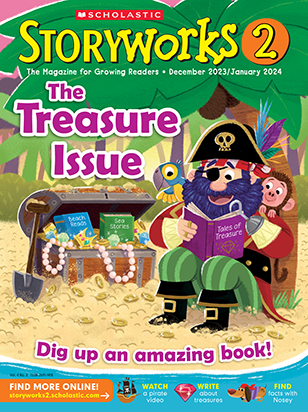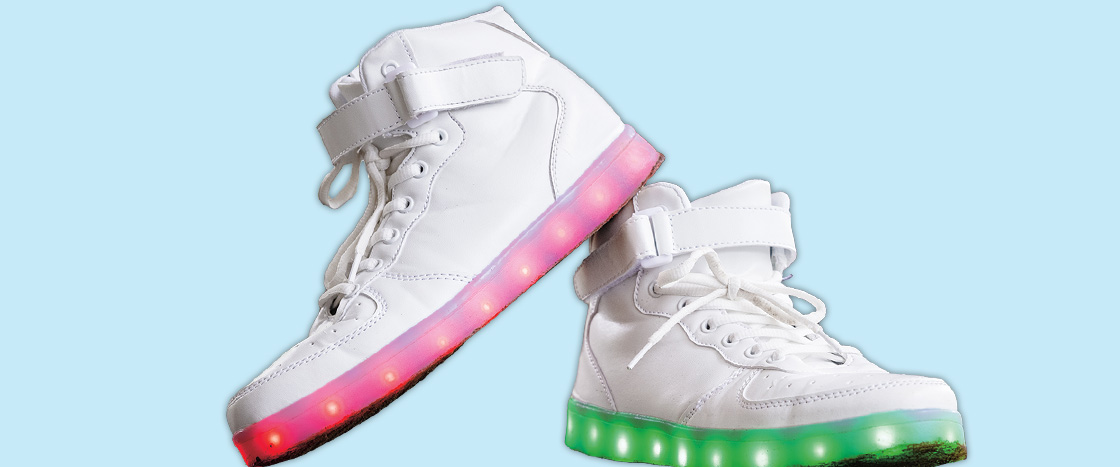People have played sports for thousands of years. But the first sneakers were not made until the 1800s. They were quieter than the hard leather shoes that came before. You could sneak around in them. That’s why people called them sneakers!
The first sneakers were made of a thick cloth called canvas. People wore them to play tennis and other sports.

